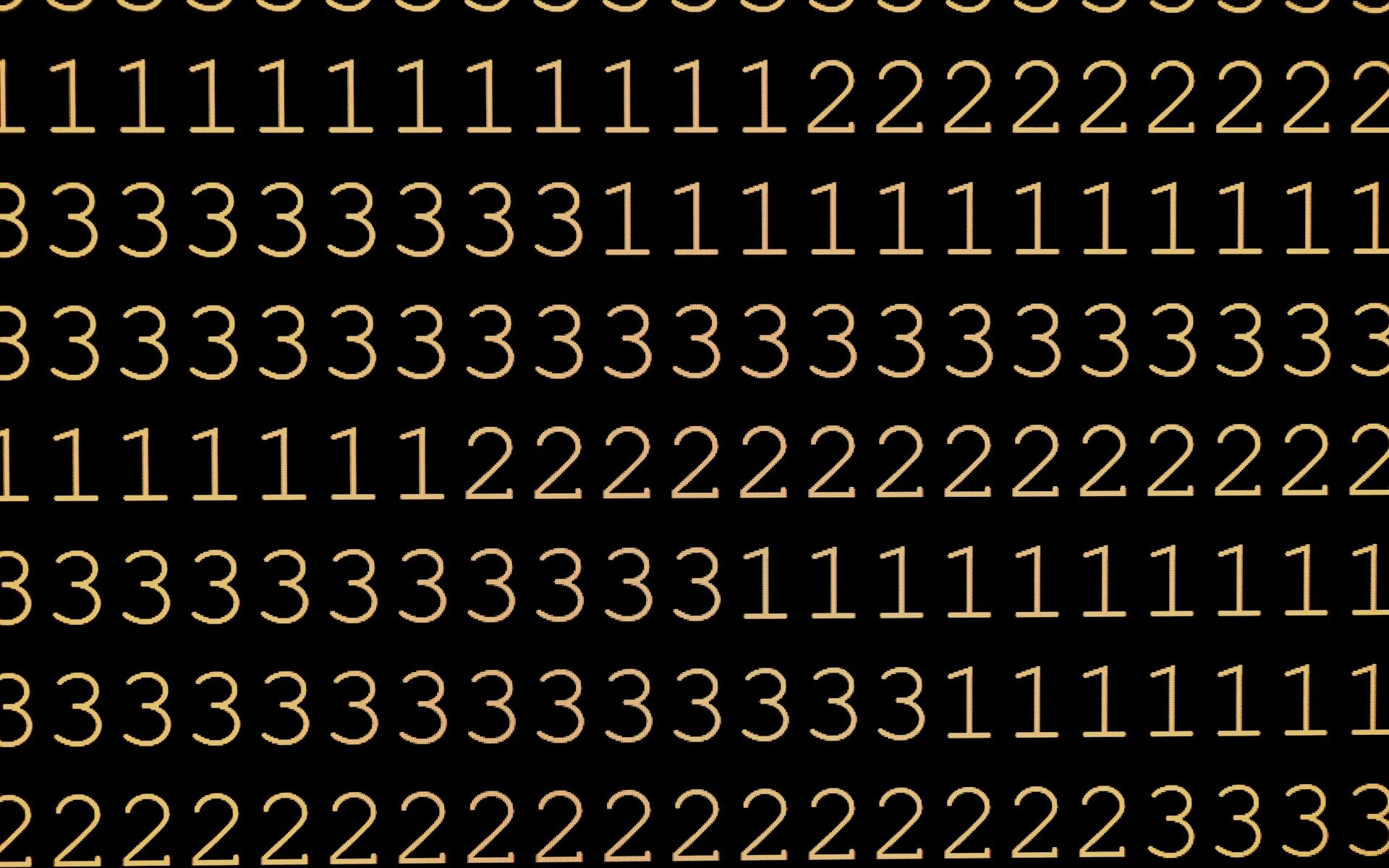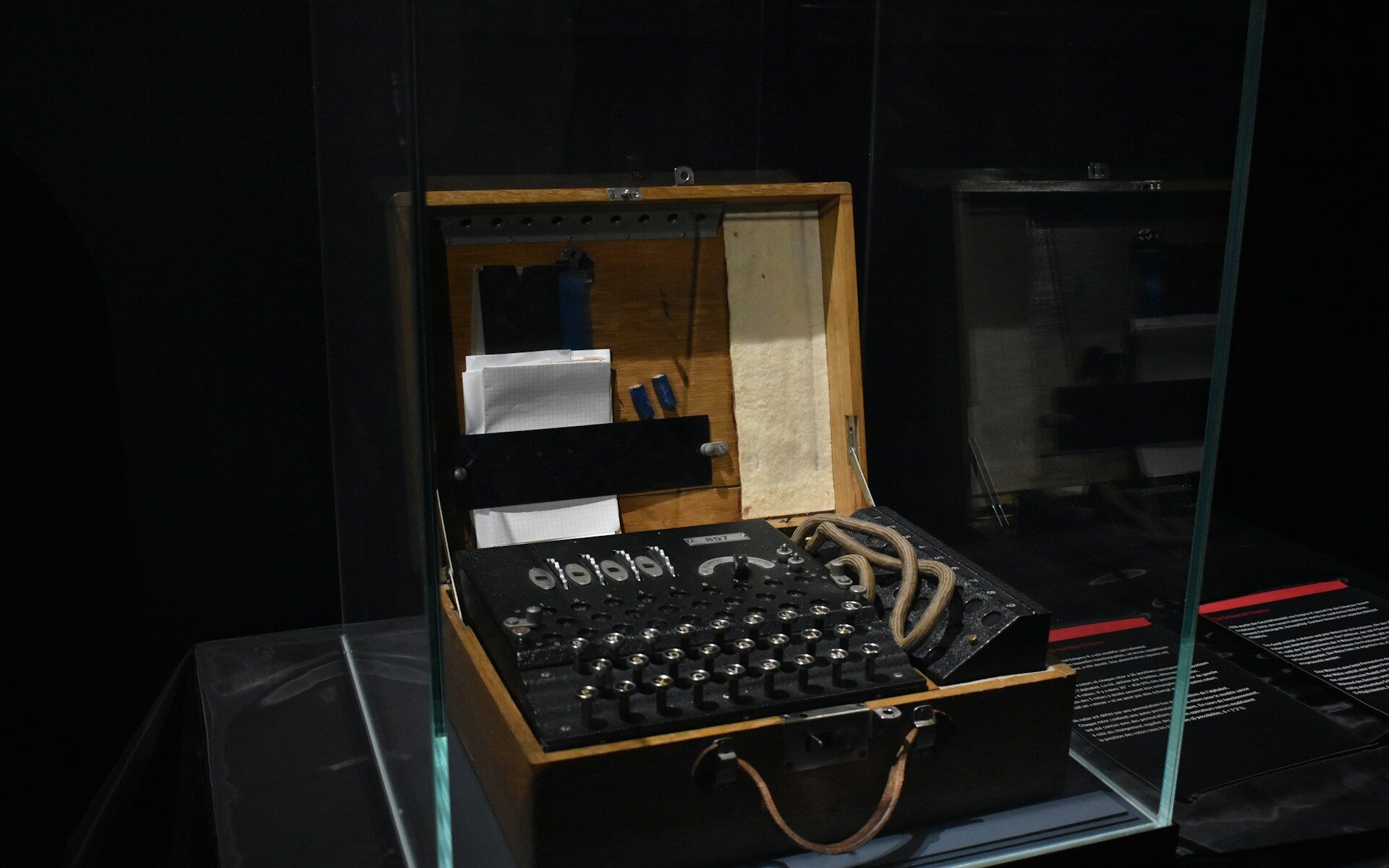Pierre de Fermat: The Enigmatic Prince of Number Theory in the Renaissance
Pierre de Fermat, a name synonymous with mathematical mystique and ingenuity, stands as a towering figure of the Renaissance and early modern periods. Born in 1601 in Beaumont-de-Lomagne, France, Fermat was not a professional mathematician in the modern sense but a lawyer and civil servant by trade. Yet, his passion for mathematics, particularly number theory, led him to make groundbreaking contributions that continue to intrigue and inspire mathematicians today.
Fermat’s mathematical work was largely conducted in private, often communicated through letters to fellow mathematicians. This unconventional approach, coupled with his penchant for stating theorems without providing proofs, has contributed to his enigmatic reputation. Despite this, his impact on the development of mathematics is undeniable, particularly in the fields of number theory, analytic geometry, and calculus.
Fermat’s Contributions to Number Theory
Fermat’s most celebrated and enduring contribution lies in the realm of number theory. He is best known for Fermat’s Last Theorem, a deceptively simple statement that baffled mathematicians for over 350 years. The theorem states that no three positive integers a, b, and c can satisfy the equation a^n + b^n = c^n for any integer value of n greater than 2.
Fermat famously jotted this theorem in the margin of his copy of Diophantus’s Arithmetica, adding the tantalizing note that he had discovered a truly marvelous proof, which the margin was too narrow to contain. This cryptic remark sparked centuries of intensive mathematical inquiry, ultimately leading to Andrew Wiles’s monumental proof in 1994.
Beyond Fermat’s Last Theorem, Fermat made significant contributions to our understanding of prime numbers. He introduced the concept of Fermat primes, which are prime numbers of the form 2^(2^n) + 1, where n is a non-negative integer. Fermat conjectured that all numbers of this form were prime, but this was later disproven by Euler. Nevertheless, Fermat’s work on prime numbers laid the foundation for further research in this area.
Another notable contribution is Fermat’s Little Theorem, which states that if p is a prime number, then for any integer a, the number a^p – a is an integer multiple of p. In the notation of modular arithmetic, this is written as a^p ≡ a (mod p). This theorem has important applications in cryptography and primality testing.
Fermat and the Development of Analytic Geometry and Calculus
While Fermat is primarily remembered for his work in number theory, he also made significant contributions to the development of analytic geometry and calculus. Independently of René Descartes, Fermat developed the fundamental principles of analytic geometry, which involves representing geometric shapes using algebraic equations. His approach, however, was more focused on using algebra to study curves and surfaces than on developing a general coordinate system.
Fermat also anticipated the development of calculus through his work on finding maxima, minima, and tangents to curves. He developed a method for finding the tangent to a curve at a given point by considering the difference between the function’s values at two nearby points. This method, known as adequality, was a precursor to the concept of differentiation in calculus.
The Legacy of Pierre de Fermat
Pierre de Fermat’s legacy extends far beyond his specific mathematical discoveries. His work embodies the spirit of mathematical exploration and the pursuit of intellectual challenges. Fermat’s Last Theorem, in particular, has become a symbol of the enduring power of mathematics to inspire and captivate generations of mathematicians.
Fermat’s contributions to number theory, analytic geometry, and calculus have had a profound impact on the development of these fields. His ideas and methods continue to be studied and applied in modern mathematics. Despite his amateur status, Pierre de Fermat stands as one of the greatest mathematicians of all time, his name forever etched in the annals of mathematical history. His influence highlights the importance of intellectual curiosity and the pursuit of knowledge for its own sake.
Pierre de Fermat’s profound impact on mathematics during the Renaissance cements his status as an influential figure. His theoretical frameworks and problems continue to inspire mathematicians, solidifying his legacy as a ‘Great Mind of Mathematics’.


